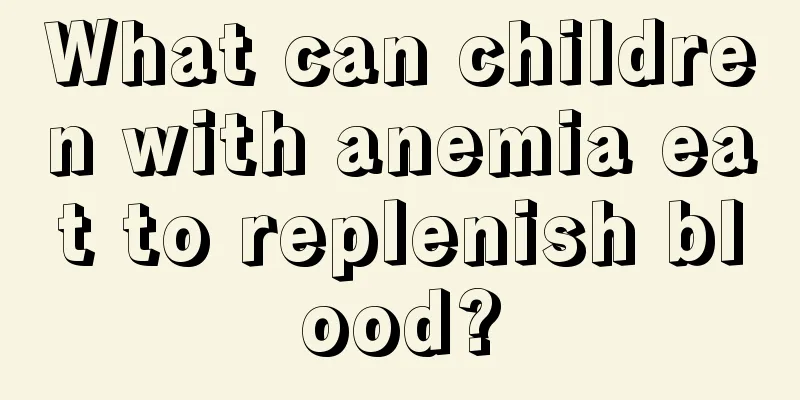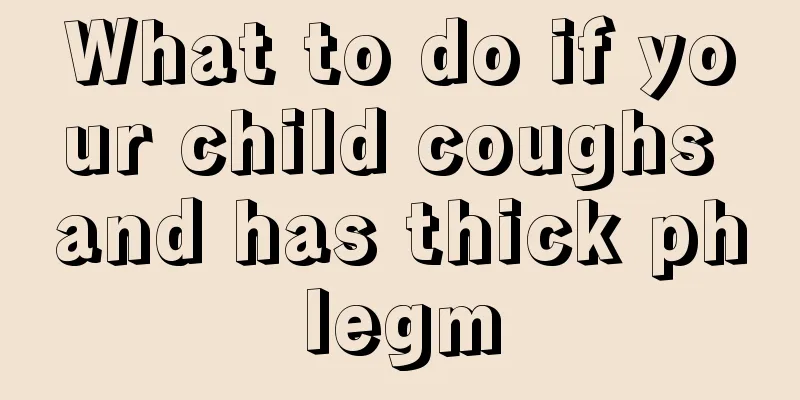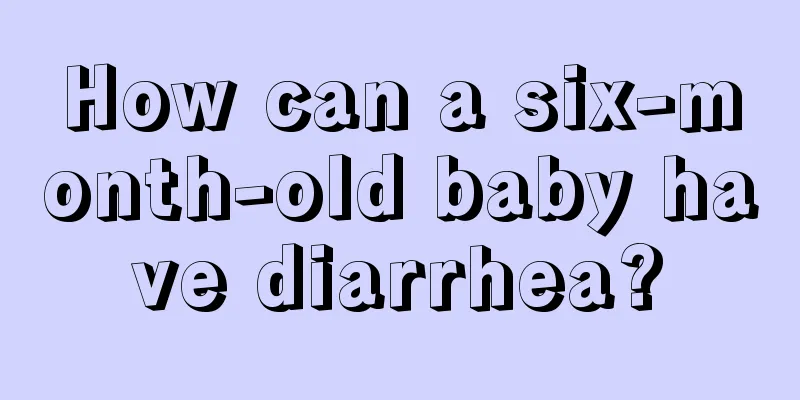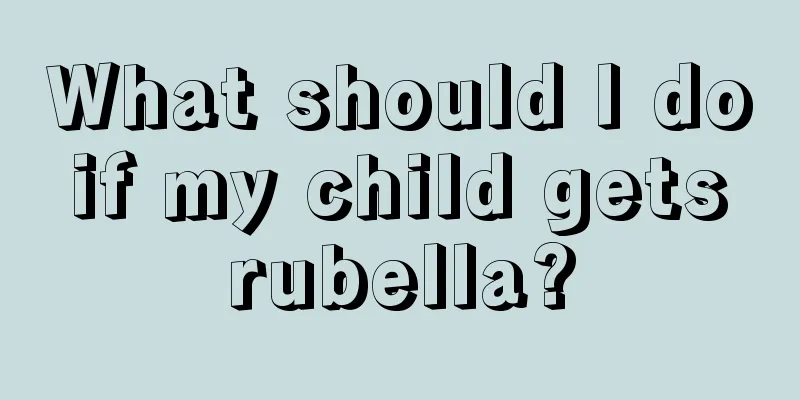Symptoms of mild brain damage in infants
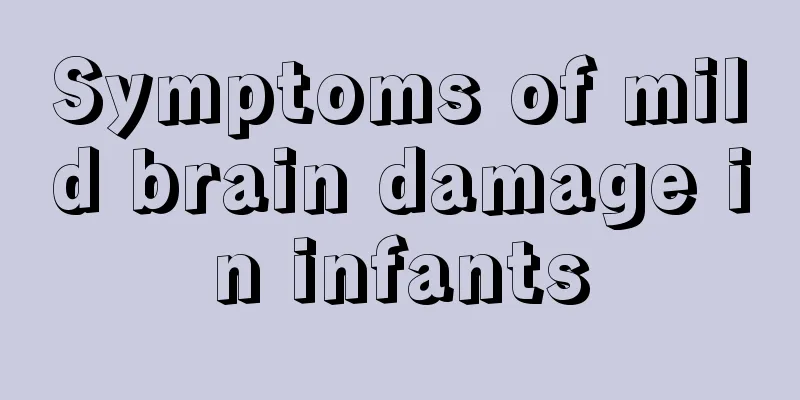
|
Nowadays we often hear about brain injuries, but most people think that brain injuries are mainly caused by concussions. In fact, brain injuries are not necessarily related to external bumps. Many children may have brain injuries, such as premature babies, umbilical cord around the neck, and difficult labor. These are all causes of brain injuries. Mild brain injuries also require corresponding treatment.
Clinical manifestations of mild brain injury caused by concussion Characterized by transient disturbance of consciousness and retrograde amnesia. Loss of consciousness lasts no longer than 30 minutes. More serious cases are accompanied by changes in vital signs, such as pale complexion, sweating, decreased blood pressure, bradycardia, shallow and slow breathing, decreased muscle tone, and slow or absent physiological reflexes, but they quickly return to normal as consciousness recovers. Afterwards, you may experience symptoms such as headache, dizziness, nausea, and vomiting, which will improve on their own within a short period of time. Neurological examination showed no positive signs, cerebrospinal fluid examination showed no red blood cells, and CT examination showed no abnormalities.
(1) Impairment of consciousness: occurs immediately upon injury. The degree and duration of impaired consciousness are directly related to the extent and range of cerebral contusion and laceration. Most cases last for more than half an hour, and severe cases may remain in a coma for a long time. In a few cases of localized cerebral contusion and laceration, if there is no diffuse brain damage caused by inertial force, early disturbance of consciousness may not occur. (2) Focal symptoms and signs: These symptoms appear immediately at the time of injury and are related to the focus of injury, such as pyramidal tract signs, limb convulsions or hemiplegia in cases of motor injury, and aphasia in cases of language center injury. If the injury occurs in the "dumb area", no focal symptoms or signs will appear. (3) Headache, nausea and vomiting: may be related to increased intracranial pressure, autonomic dysfunction or traumatic subarachnoid hemorrhage. The latter may also have signs of meningeal irritation and the presence of red blood cells in cerebrospinal fluid examination. (4) Increased intracranial pressure and brain herniation: This is caused by secondary cerebral edema or intracranial hematoma, which aggravates the early disturbance of consciousness or paralysis, or the consciousness improves and becomes blurred again after awakening. At the same time, there are symptoms such as increased blood pressure, slowed heart rate, anisocoria, and pyramidal tract signs.(5) Meningeal irritation: Due to subarachnoid hemorrhage after cerebral contusion and laceration, patients often have signs of meningeal irritation, manifested as closing their eyes, being afraid of light, and lying in a curled up position. Early low-grade fever and nausea and vomiting are also related to this. Neck resistance will gradually disappear in about a week. If there is no improvement for a long time, attention should be paid to whether there is damage to the craniocervical junction or secondary intracranial infection. harm Brain damage often leads to a variety of functional disorders, such as movement disorders, cranial nerve dysfunction, cognitive disorders, personality disorders, behavioral and emotional disorders, speech and swallowing disorders, social skills disorders, etc. Moreover, the recovery time is usually long, which places a heavy burden on the family and society. |
<<: Duloxetine for the early manifestations of brain damage in babies with brain damage
>>: Pediatric brain injury syndrome
Recommend
What can't babies eat if they have eczema
What should we do if our baby has large areas of ...
The baby suddenly cried and couldn't stop. Here are some tips to help you solve it quickly.
I believe that many parents today are most troubl...
Can babies sleep on a cool mat?
When the weather is hot in summer, you will feel ...
What to do if your child gets a stye
The reason why children get stye is because of sy...
Reasons why one-year-old babies cannot crawl
The baby is one year old, but still can't cra...
Symptoms and treatment of viral keratitis in children
Viral keratitis is relatively common in clinical ...
Precautions for calcium supplementation in children
When children are growing, they need a lot of sup...
What is the reason why small red spots appear on the child’s face after vomiting?
If we are not feeling unwell, we may not vomit at...
How to treat anemia in a one-year-old child?
Many one-year-old children suffer from anemia. In...
Treatment of intestinal hernia in boys
In life, many little boys suffer from hernia. Its...
How to deal with a baby hitting the back of the head
The back of the baby's head is the most vulne...
Can 7 month old babies eat bananas?
Bananas are a very nutritious food, and they are ...
Three-year-old baby convulsions
The baby's body is very fragile and can be ea...
Infants and young children have colds and coughs, beware of complications
Under normal circumstances, people rarely catch a...
What causes anemia in children?
Many people do not have a clear understanding of ...


